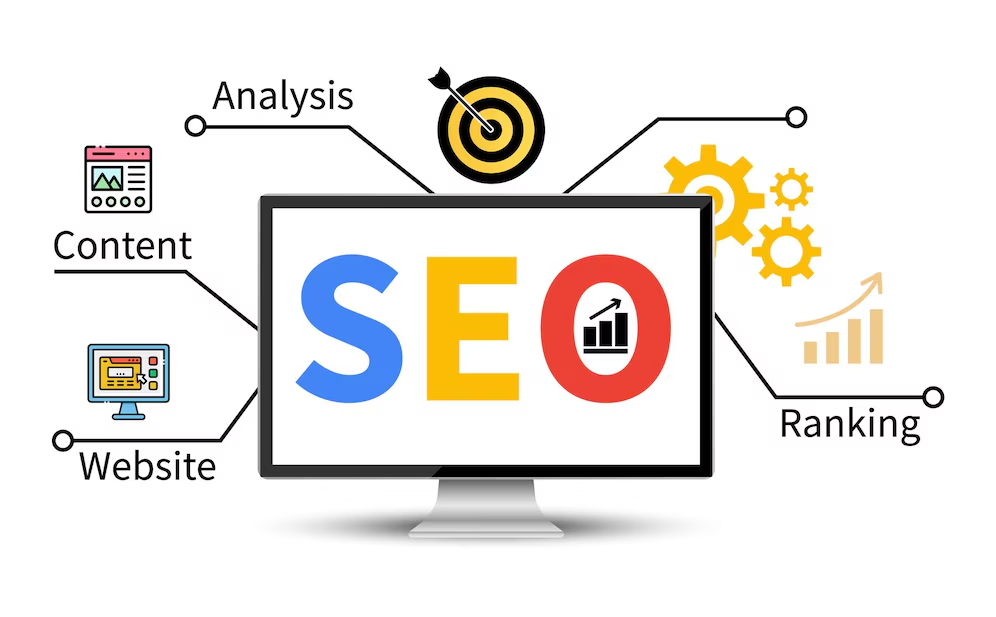Emerging Technologies In Digital Marketing
In the rapidly evolving landscape of digital marketing, staying ahead of the curve is essential for businesses aiming to connect with their audience effectively. This blog explores seven emerging technologies that are reshaping the digital marketing arena, offering innovative solutions and strategies for marketers to enhance their campaigns and engage consumers in new ways. 1. Artificial Intelligence (AI) Artificial Intelligence is revolutionizing digital marketing by enabling personalized customer experiences. AI algorithms analyze consumer behavior and preferences, allowing marketers to tailor content and advertisements to individual users. From chatbots providing instant customer service to predictive analytics that forecast trends, AI is becoming an indispensable tool for marketers looking to optimize their strategies. 2. Augmented Reality (AR) Augmented Reality is transforming how brands interact with consumers. By overlaying digital information onto the real world, AR creates immersive experiences that engage users in unique ways. Brands like IKEA and Sephora have successfully implemented AR to allow customers to visualize products in their own space or try on makeup virtually, enhancing the shopping experience and driving sales. 3. Internet of Things (IoT) The Internet of Things connects everyday devices to the internet, creating new opportunities for marketers to gather data and engage with consumers. Smart devices can provide valuable insights into consumer behavior, allowing for more targeted marketing efforts. For example, a smart refrigerator could suggest recipes based on its contents, linking to relevant grocery promotions and driving sales. 4. AI-Powered Social Media Management AI-driven social media tools are transforming how brands manage their online presence. These tools automate content scheduling, engagement tracking, and audience analytics, making social media strategies more effective and data-driven. Platforms like Buffer help in automated scheduling, Hootsuite offers social listening insights, Sprout Social provides AI-powered analytics, and Lately repurposes content using AI to maximize reach. By leveraging these technologies, brands can ensure consistent engagement with their audience while optimizing their social media efforts. 5. AI-Driven E-commerce Chatbots & Shopping Assistants AI-powered chatbots and virtual shopping assistants enhance the online shopping experience by offering personalized recommendations and instant customer support. These tools analyze user behavior, past purchases, and preferences to provide tailored product suggestions. Ada automates customer interactions for e-commerce, Gorgias streamlines AI-driven customer support, and Chatfuel facilitates chatbot automation on Facebook Messenger. Implementing these AI solutions helps businesses boost conversions, reduce cart abandonment, and enhance customer satisfaction. 6. Neuromarketing & Emotion AI Neuromarketing combines neuroscience and AI to understand consumer emotions and reactions to advertisements. Brands use Emotion AI to analyze facial expressions, eye movements, and sentiment analysis to optimize their ad campaigns. Tools like Affectiva detect emotions in real time, Realeyes conducts AI-driven video testing, and EyeQuant predicts visual attention patterns. By leveraging neuromarketing insights, businesses can create emotionally compelling advertisements that drive higher engagement and conversions. Conclusion AI and automation are redefining digital marketing. Brands must embrace tools for AI-driven content, personalization, predictive analytics, and hyper-targeting to stay ahead. Future-proofing marketing strategies with these technologies ensures higher engagement, better ROI, and sustained growth.





